Dirección
304 North Cardinal St.
Dorchester Center, MA 02124
Horas laborales
Lunes a viernes: 7:00 a. M. - 7:00 p. M.
Fin de semana: 10 a. M. - 5 p. M.

In modern surgical environments, the role of medical pendant bridge systems cannot be overstated. These sophisticated overhead structures are integral to optimizing space, enhancing workflow efficiency, and ensuring optimal patient care during surgical procedures. This comprehensive blog explores the essential components, benefits, diverse applications, considerations for implementation, and more surrounding surgical room medical pendant bridge systems.
Medical pendant bridge systems serve as central hubs in surgical rooms, providing essential support for medical equipment while maximizing available space and facilitating seamless workflows.
A typical medical pendant bridge comprises several crucial components that cater to the specific needs of surgical environments:
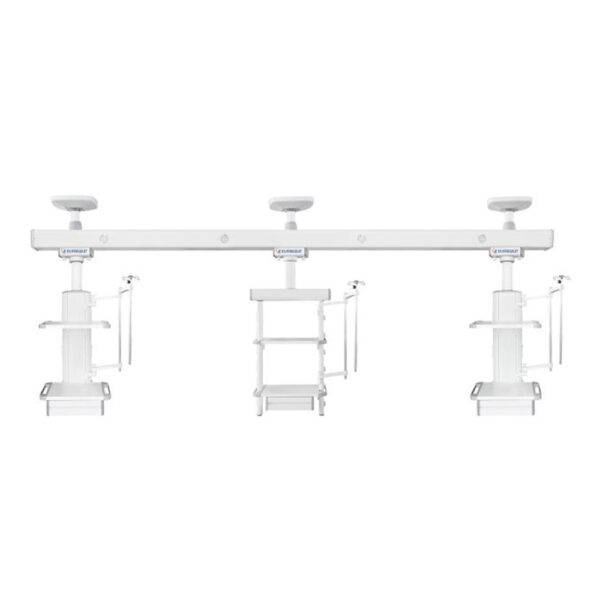

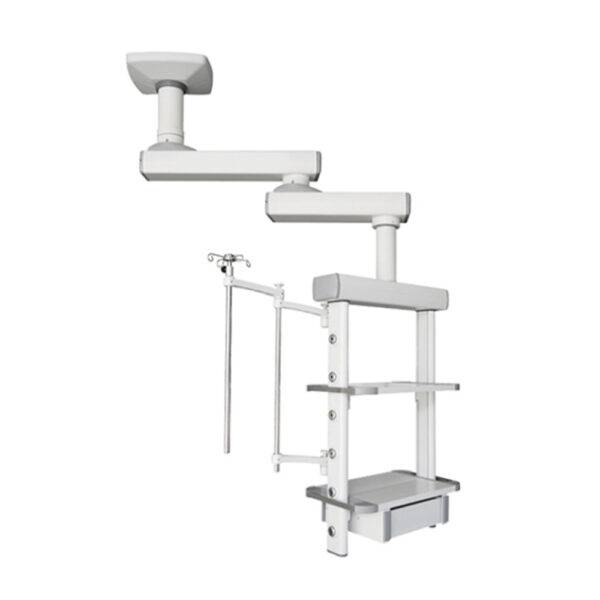


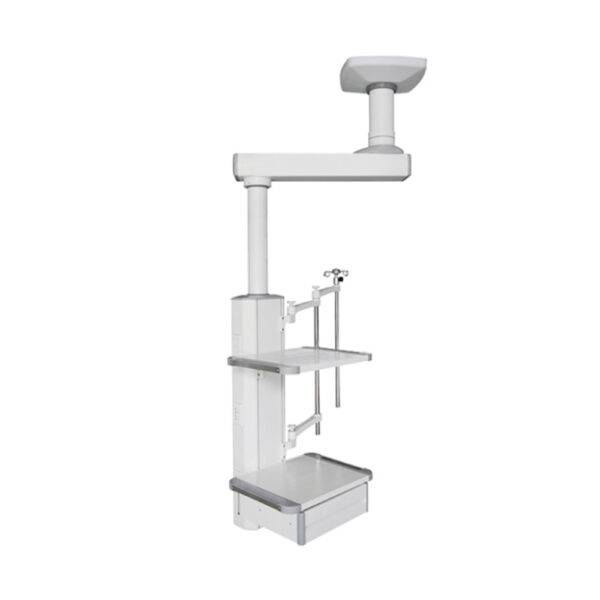
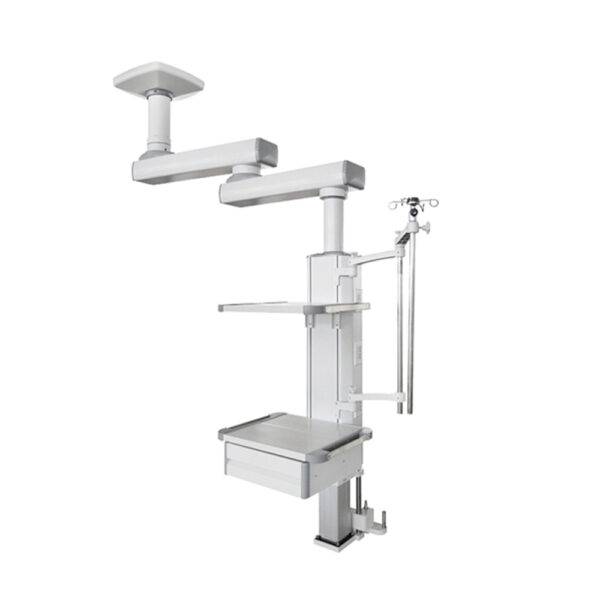
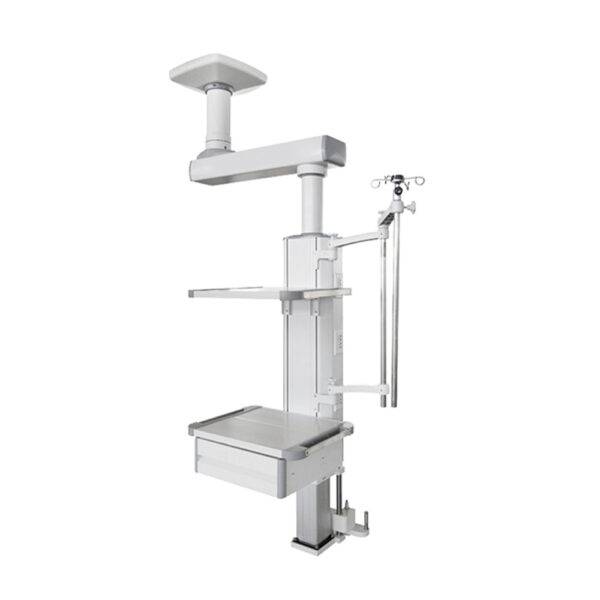
The integration of medical pendant bridge systems offers numerous benefits, enhancing both operational efficiency and patient care outcomes.
Efficiency in surgical workflows is significantly enhanced by medical pendant bridges through:
Patient care is augmented through enhanced safety protocols and monitoring capabilities:
The versatility of medical pendant bridge systems extends beyond surgical rooms, encompassing a wide range of healthcare settings where precise equipment management is crucial.
In surgical rooms, medical pendant bridges are indispensable for:
In intensive care units (ICUs), medical pendant bridges facilitate:
Emergency rooms benefit from medical pendant bridges by:
| Característica | Beneficios | Aplicaciones |
|---|---|---|
| Tomas de gas | Dispense medical gases such as oxygen and nitrous oxide. | Surgical rooms, ICUs, emergency rooms |
| Electrical Outlets | Provides power supply for surgical tools and equipment. | Operating theaters, critical care units |
| Monitor Arms | Supports monitors for displaying patient information. | Intensive care units, emergency rooms |
| Equipment Shelves | Stores surgical instruments and supplies within reach. | Operating theaters, emergency rooms |
| Service Rails | Allows customization and addition of accessories. | Surgical rooms, critical care units |
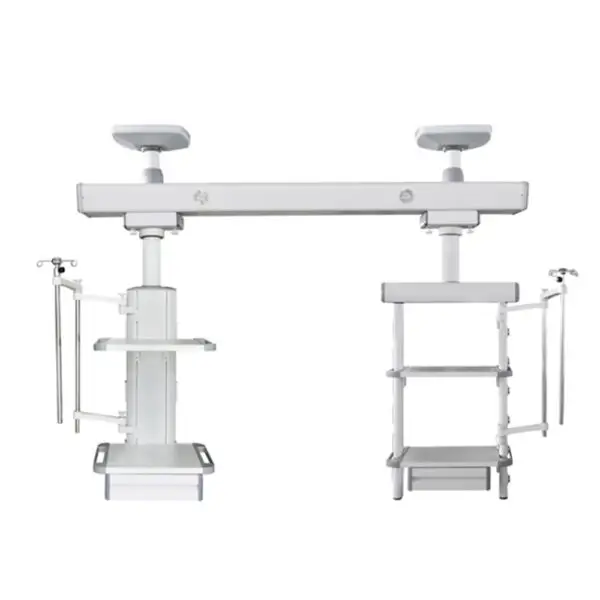
Successful implementation of medical pendant bridge systems requires careful consideration of various factors to ensure optimal functionality and compliance with healthcare standards.
Medical pendant bridge systems represent a cornerstone of modern surgical room infrastructure, enhancing operational efficiency, patient care, and safety. By leveraging their capabilities to optimize equipment management and workflow organization, healthcare facilities can significantly improve surgical outcomes and overall patient satisfaction.
P: ¿Cuáles son colgante médico bridge systems?
A:Medical pendant bridge systems are overhead structures in surgical rooms that support medical equipment, gas outlets, electrical supplies, and monitors.
Q:What are the benefits of using surgical room medical pendant bridges?
A:Benefits include space optimization, enhanced workflow efficiency, and improved accessibility to critical equipment during surgeries.
Q:Where are colgante médico bridge systems used besides surgical rooms?
A:They are also utilized in ICUs, emergency departments, and other critical care settings for patient monitoring and treatment.
Q:How do medical pendant bridges contribute to patient safety?
A:They facilitate infection control, emergency preparedness, and continuous monitoring of patient vital signs.
Q:What considerations should be made when implementing colgante médico bridge systems?
A:Considerations include space requirements, integration with existing infrastructure, and ensuring accessibility for medical staff during procedures.
